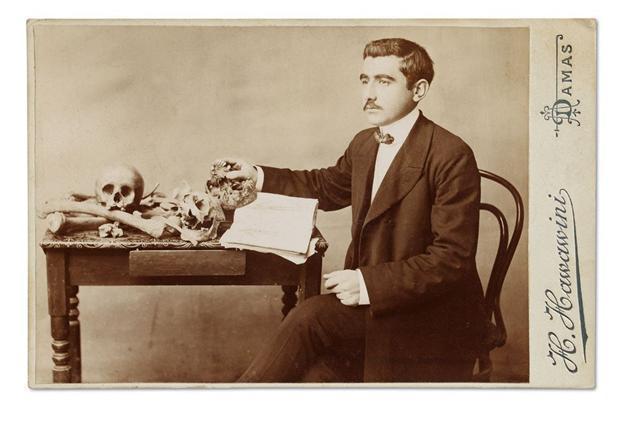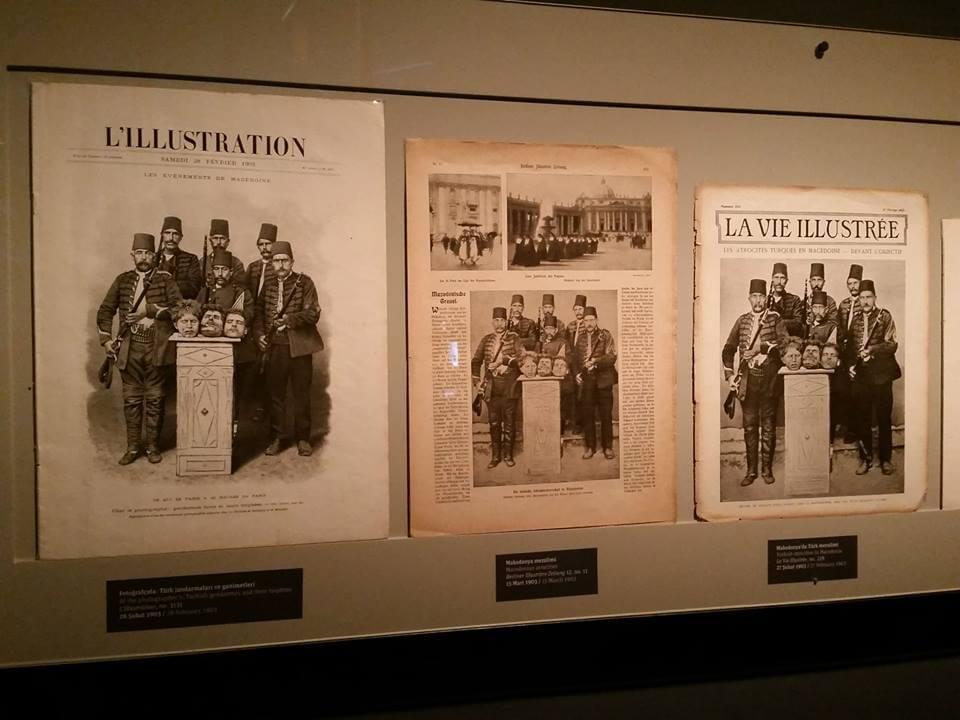Photography and modernity in the Ottoman Empire
ISTANBUL

Koç University’s Research Center for Anatolian Civilizations (RCAC) in Istanbul is hosting the exhibition “Camera Ottomana: Photography and Modernity in the Ottoman Empire, 1840 - 1914” between April 21 and August 19.
Curated by Zeynep Çelik, Edhem Eldem and Bahattin Öztuncay, the exhibition mainly consists of albums and archival materials from the Ömer M. Koç Collection, which features photographs from albums commissioned by Sultan Abdülhamid II. The exhibition explores some of the most striking aspects of the close connection between photography and modernity in the specificity of the Ottoman Empire.
After the birth of photography in 1839, the empire embraced the new technology with great enthusiasm, with the impact and meaning of photography compounded by the thrust of modernization and Westernization during the Tanzimat movement. By the turn of the century, photography in the Ottoman lands had become a standard feature of everyday life, public media and the state apparatus.
During Sultan Abdülhamid II’s reign, modernity was often embedded in the photographic act, transforming it into a common and mundane practice showcasing his empire for Western audiences. Camera Ottomana displays different forms of these images disseminated through the illustrated press, postcards sent to family members or anonymous collectors, portraits presented to friends and acquaintances and pictures taken of employees and convicts.
The exhibition brings together the Ottoman Empire’s modern image with an extensive selection of photographs, emphasizing the widespread use of photography in various areas such as propaganda, journalism, education, criminology and medicine.
Designed by PATTU Architecture, delicate materials such as daguerreotypes, glass negatives and stereographs have been carefully placed in the gallery among the meticulous selection of archival documents and photos, most of which have gone on display for the first time.
Visitors are also able to examine different techniques that are used throughout the history of photography by the digital technology featured in the exhibition.
The exhibition will continue through August 19 while admission is free.
 Koç University’s Research Center for Anatolian Civilizations (RCAC) in Istanbul is hosting the exhibition “Camera Ottomana: Photography and Modernity in the Ottoman Empire, 1840 - 1914” between April 21 and August 19.
Koç University’s Research Center for Anatolian Civilizations (RCAC) in Istanbul is hosting the exhibition “Camera Ottomana: Photography and Modernity in the Ottoman Empire, 1840 - 1914” between April 21 and August 19. 